Table of Contents
From Magic Lanterns to Blockbusters
Filmmaking, a monumental art form, has a rich history spanning over a century. It has evolved from humble beginnings, where moving images were a novelty, to becoming one of the most influential mediums of artistic and commercial expression.
The Birth of Motion Pictures
The roots of filmmaking can be traced back to the 19th century. In 1895, the Lumière brothers, Auguste and Louis, presented the world with the first public screening of a motion picture in Paris. Their invention, the Cinématographe, could both capture and project moving images. This marked the birth of modern cinema.
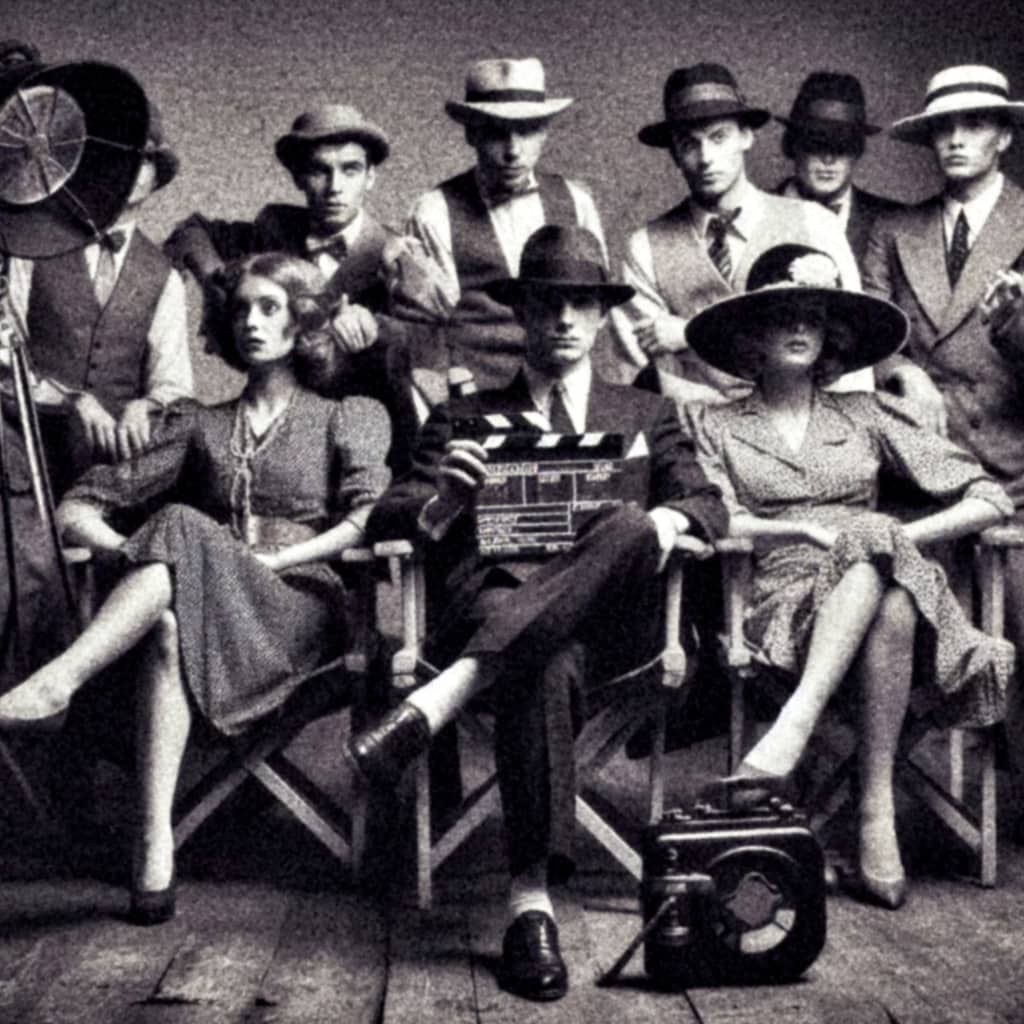
The Silent Era
The early 20th century was characterized by silent films. These black-and-white masterpieces relied on powerful visuals and expressive acting to tell stories. Legendary actors like Charlie Chaplin and Buster Keaton graced the silver screen, becoming icons of this era.
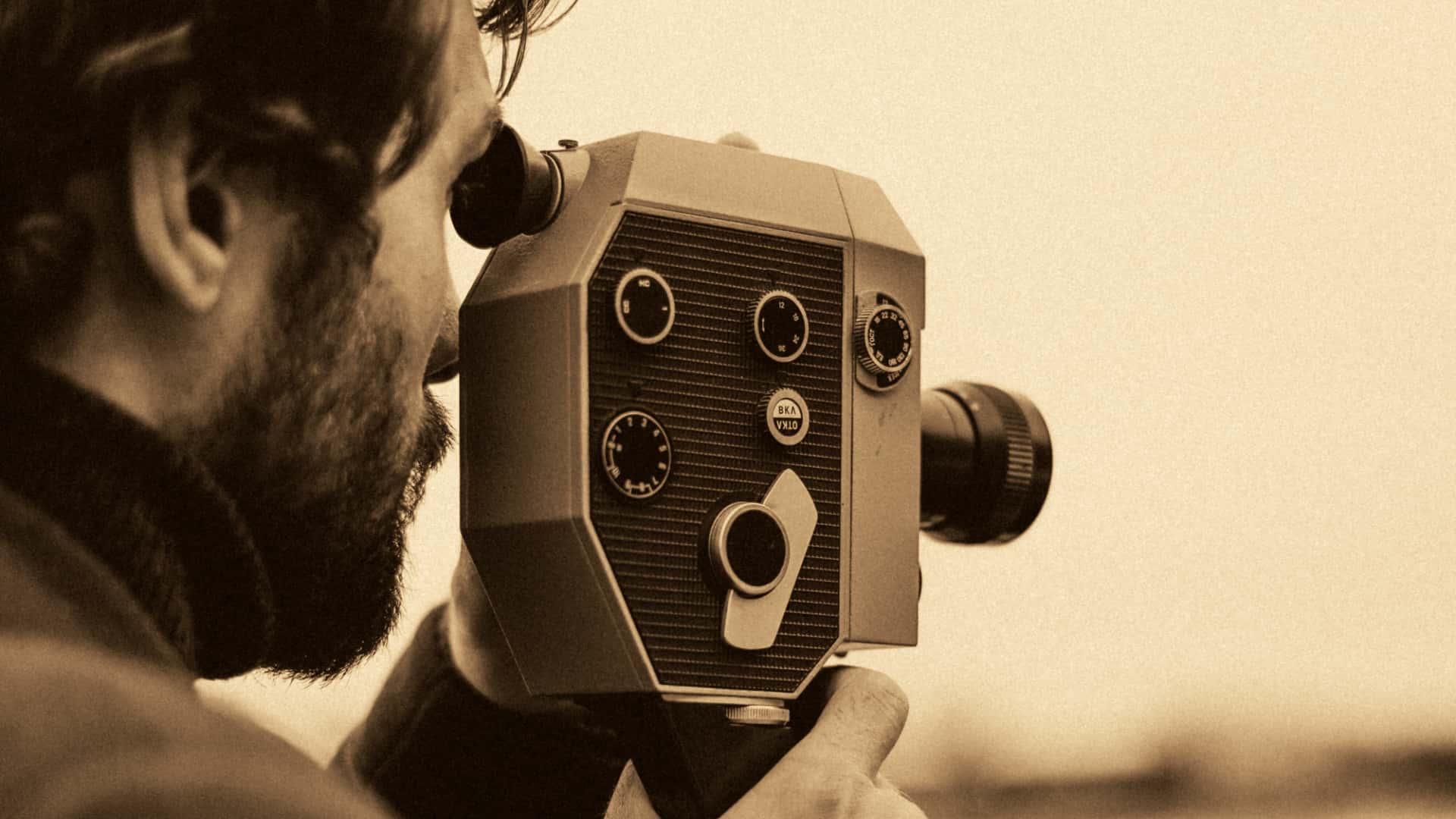
The Introduction of Sound
In the late 1920s, "talkies" emerged with the introduction of synchronized sound. "The Jazz Singer" (1927) is often credited as the first feature-length film to incorporate sound. This innovation transformed the industry, offering a new dimension to storytelling.
The Golden Age of Hollywood
The 1930s and 1940s are often referred to as the Golden Age of Hollywood. It was during this time that the film industry experienced exponential growth, with studios like Warner Bros., MGM, and Paramount producing a plethora of classics. Stars like Clark Gable, Vivien Leigh, and Ingrid Bergman became cinematic legends.
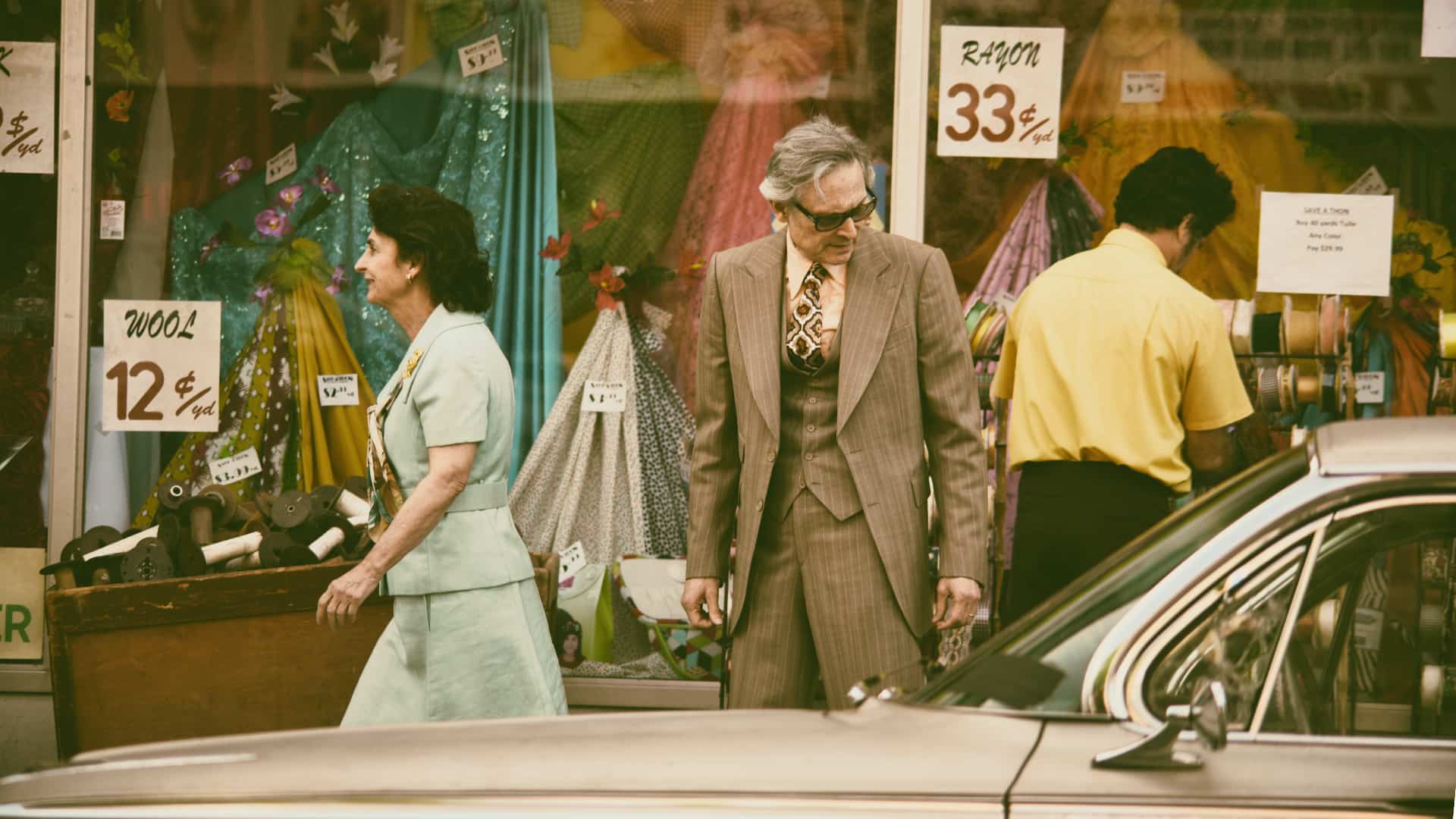
The Rise of Color
In the 1930s, color films made their debut. "The Wizard of Oz" (1939) and "Gone with the Wind" (1939) were some of the earliest color classics. This innovation allowed filmmakers to explore new realms of creativity.
The Digital Revolution
The late 20th century brought the digital revolution to filmmaking. With the advent of computer-generated imagery (CGI), filmmakers could create astonishing visual effects and push the boundaries of storytelling. The release of "Jurassic Park" (1993) marked a significant turning point in the use of CGI.
Modern Blockbusters
The 21st century saw the rise of massive blockbuster franchises. Films like "Harry Potter," "The Lord of the Rings," and the Marvel Cinematic Universe have redefined the movie industry, becoming cultural phenomena that captivate audiences worldwide.
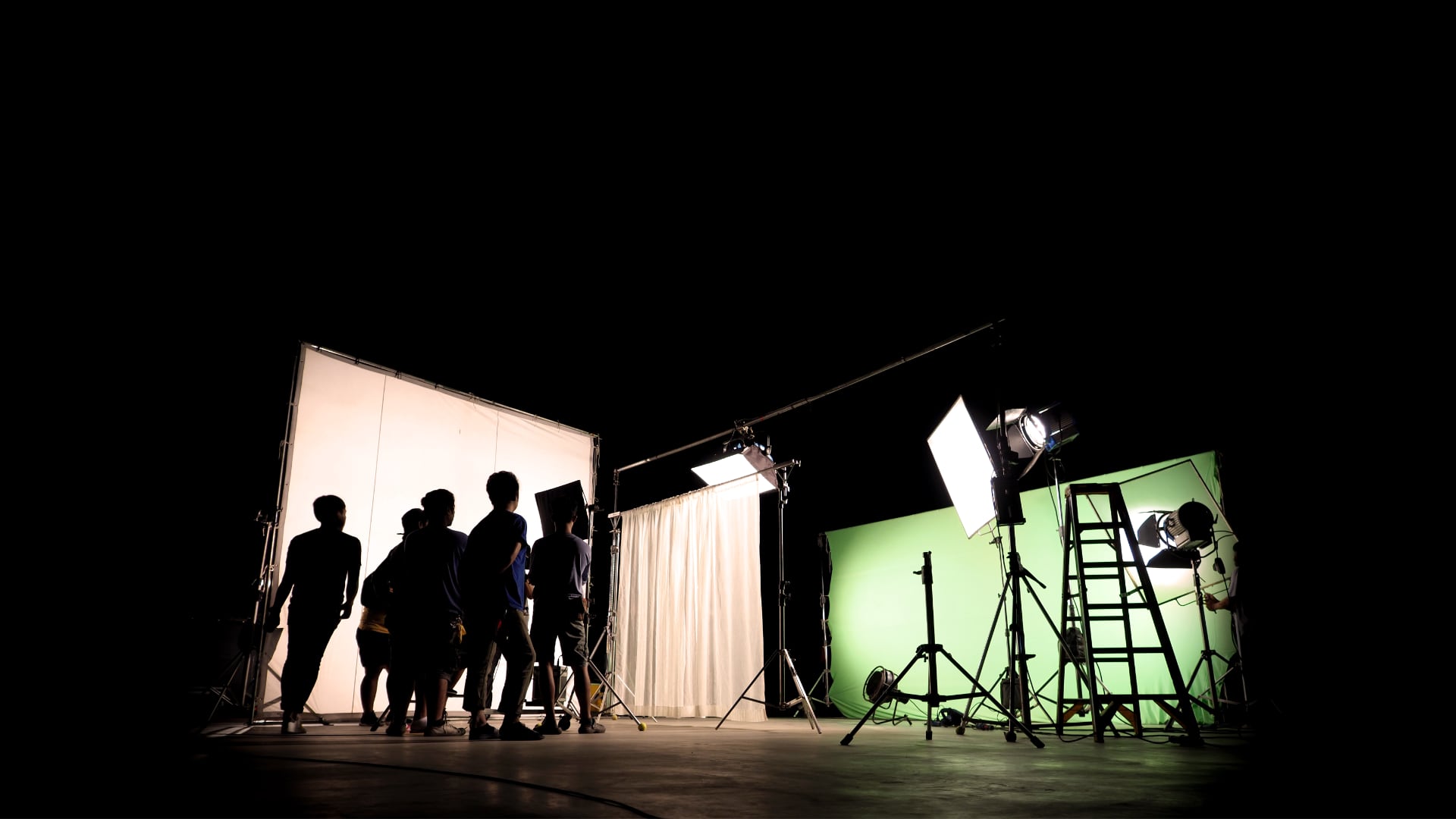
The Future of Filmmaking
As we venture further into the digital age, the possibilities for filmmaking continue to expand. Emerging technologies like virtual reality (VR) and augmented reality (AR) are transforming the way stories are told, offering immersive experiences that transport audiences to entirely new worlds.
The history of filmmaking is a testament to human ingenuity and creativity. From the Lumière brothers' first flickering images to the breathtaking spectacles of modern blockbusters, it's a journey that has evolved with the times, reflecting the cultural, technological, and artistic shifts of each era. Filmmaking continues to captivate audiences, reminding us of the magic that can be created through moving images and storytelling.

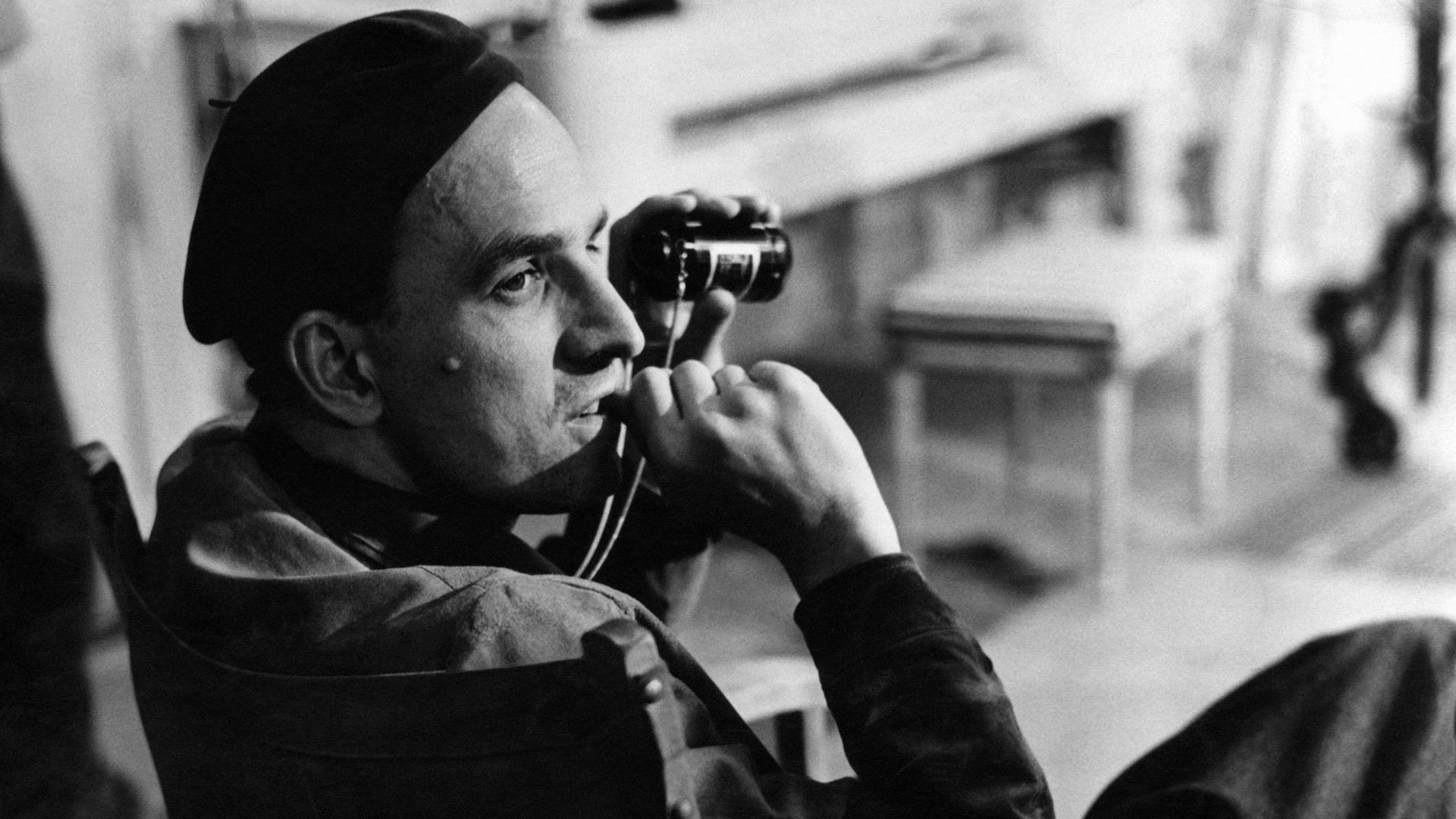
Woah! I’m really loving the template/theme of this
site. It’s simple, yet effective. A lot of times it’s very hard to get that “perfect balance” between usability and visual appeal.
I must say you have done a amazing job with this.
In addition, the blog loads extremely quick for me on Chrome.
Superb Blog!